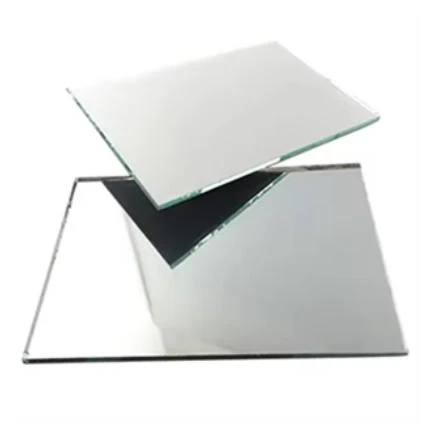Nov . 27, 2024 07:25 Back to list
Benefits of Low Emissivity Glass Coatings for Energy Efficiency and Comfort
The Benefits of Low Emissivity Glass Coating
Low emissivity (Low-E) glass coatings have become a significant innovation in the field of building materials and energy efficiency. These specialized coatings are designed to minimize the amount of infrared and ultraviolet light that can pass through the glass without compromising the amount of visible light transmitted. This feature is particularly valuable in both residential and commercial applications, where energy conservation and comfort are key considerations.
Understanding Low-E Glass Coating
Low-E glass is coated with a thin metallic film that reflects heat while allowing light to pass through. The low emissivity term refers to the glass's reduced ability to emit thermal radiation. Instead of letting heat escape during colder seasons or allowing excessive heat to enter during hot months, Low-E coatings provide a barrier that helps improve energy efficiency. This is especially beneficial in climates with extreme temperatures.
There are two main types of Low-E coatings hard coat and soft coat. Hard coat Low-E glass is produced through a pyrolytic process, which results in a thicker and more durable film. This type of coating is typically used in single-pane windows or in applications requiring higher durability. On the other hand, soft coat Low-E glass is created using a more delicate process called magnetron sputtering. This results in a thinner, more efficient coating, ideal for double or triple-glazed units.
Energy Efficiency and Cost Savings
One of the primary advantages of Low-E glass coatings is their ability to enhance energy efficiency. By reducing heat loss in winter and minimizing heat gain in summer, buildings equipped with Low-E glass can significantly lower their heating and cooling costs. Studies suggest that homeowners can save between 10-25% on their energy bills by utilizing Low-E windows.
In commercial buildings, the energy savings can be even more substantial due to their larger size and higher demand for climate control. Moreover, using Low-E coatings may allow for downsizing HVAC systems, further reducing initial costs and ongoing operational expenses. As energy prices continue to rise, the economic benefits of Low-E glass become even more attractive.
low emissivity glass coating

Enhanced Comfort and Aesthetic Appeal
Low-E glass not only contributes to energy efficiency and cost savings but also enhances comfort within indoor spaces. By preventing excessive heat and glare, Low-E coatings help maintain a stable indoor temperature, making spaces more enjoyable for occupants. Additionally, the reduction of UV rays helps protect furnishings, artwork, and flooring from fading, prolonging their lifespan and maintaining aesthetic appeal.
On the architectural front, Low-E glass provides a sleek, modern appearance that is desirable in contemporary design. With a variety of finishes and styles available, architects and designers can incorporate Low-E glass into various building designs without sacrificing visual appeal. This versatility allows for creative solutions that meet both functional and aesthetic needs.
Environmental Impact
The adoption of Low-E glass coating technology has broader implications for environmental sustainability. Improved energy efficiency in buildings leads to reduced carbon footprints and lower greenhouse gas emissions. As more builders and homeowners prioritize sustainable practices, the demand for Low-E glass continues to rise. This shift contributes to a larger movement toward energy-efficient construction and a greener future.
Conclusion
Low emissivity glass coatings represent a significant advancement in building materials, offering a multitude of benefits ranging from energy efficiency and cost savings to enhanced comfort and aesthetics. As the world increasingly embraces sustainability, Low-E glass will play a crucial role in transitioning toward more energy-conscious construction practices. Whether for a cozy home or a sprawling commercial space, Low-E glass is becoming a staple that not only improves the quality of life inside buildings but also positively impacts the environment outside.
-
Safety and Style with Premium Laminated Glass Solutions
NewsJun.24,2025
-
Reinvents Security with Premium Wired Glass
NewsJun.24,2025
-
Premium Float Glass Line for Modern Architecture
NewsJun.24,2025
-
Low Emissivity Glass for Energy-Efficient Architecture
NewsJun.24,2025
-
High-Performance Insulated Glass Solutions for Modern Architecture
NewsJun.24,2025
-
Elevates Interior Style with Premium Silver Mirror
NewsJun.24,2025
Related PRODUCTS














